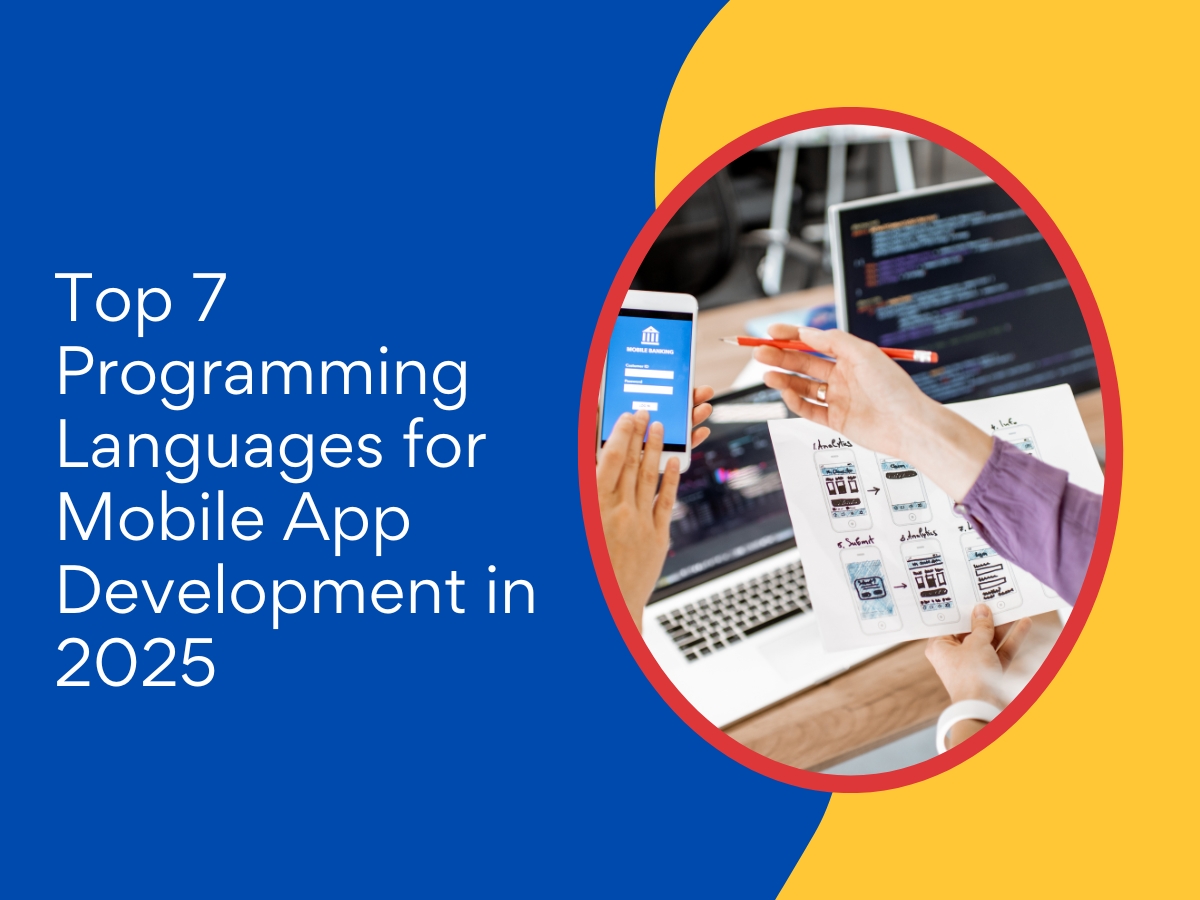In 2025, mobile apps are not just tools—they’re ecosystems where users live, shop, learn, and play. Whether it’s an AI-powered personal assistant or a secure banking app, the technology behind the scenes—the programming language—plays a pivotal role. If you’re a developer, entrepreneur, or an app development company planning your next big project, choosing the right language could define your success.
This guide dives into the top 7 mobile app development languages that are dominating 2025—and why they’re the go-to choices for modern, scalable, and high-performance apps.
Why the Right Programming Language Matters in 2025
The app landscape is rapidly evolving with the rise of foldable devices, AR/VR integration, and 5G networks. In this dynamic scenario, your tech stack needs to be:
- Future-proof for cross-device functionality
- Performance-oriented to meet user expectations
- Developer-friendly for faster time-to-market
That’s why understanding today’s best mobile app development languages is more than a technical decision—it’s a strategic one.
As an app development company, staying updated on language trends ensures your team delivers cutting-edge mobile experiences that users love and businesses need.
1. Swift – The Best Choice for iOS Apps 🍎
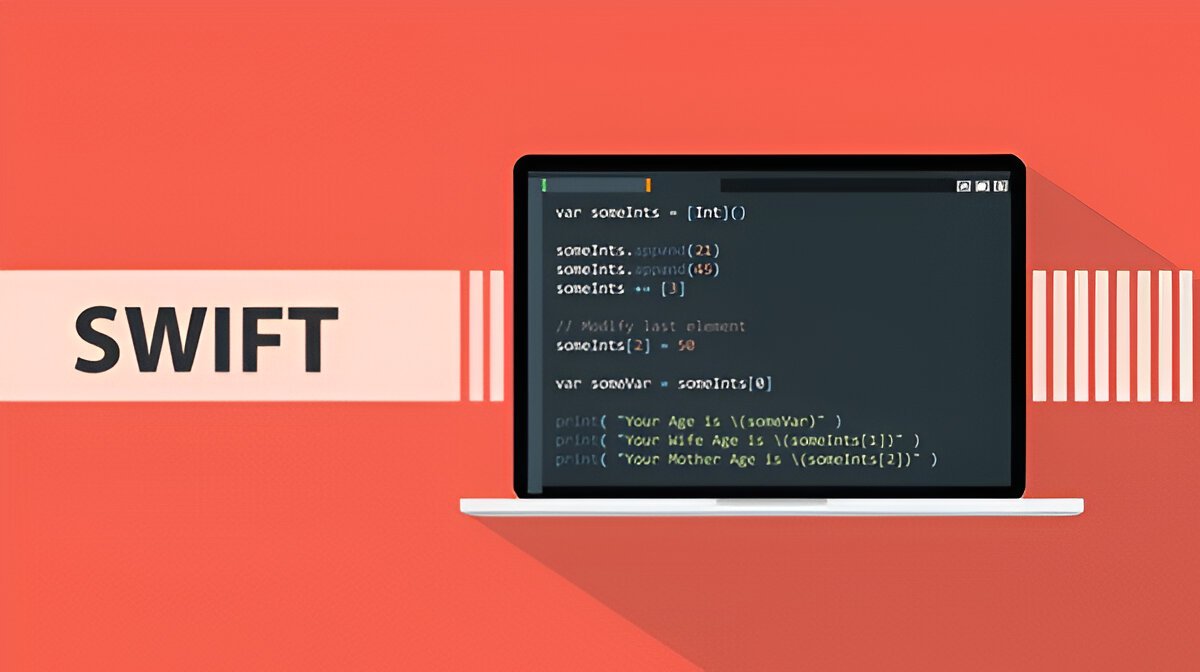
Swift is Apple’s official programming language for developing iOS, macOS, watchOS, and tvOS apps. It’s designed to be powerful yet easy to understand. Since its launch, Swift has quickly become the most loved language among iOS developers because of its speed and safety. In 2025, it’s still the best option for iPhone apps. It helps you build fast, secure, and beautiful apps with fewer bugs. If your app is going to live on the Apple App Store—Swift is the way to go.
✅ Benefits of Swift:
-
Easy to learn and clean to read
-
Safer code with fewer crashes and bugs
-
Super-fast performance for smooth apps
-
Works perfectly with Apple’s tools and platforms
-
Full support for advanced features like ARKit and Face ID
-
Backed and updated regularly by Apple
-
Great for apps that need long-term support and updates
“Great for building banking apps, fitness apps, e-learning tools, and secure iOS-only platforms.”
2. Kotlin – The Android Dream Language 🤖
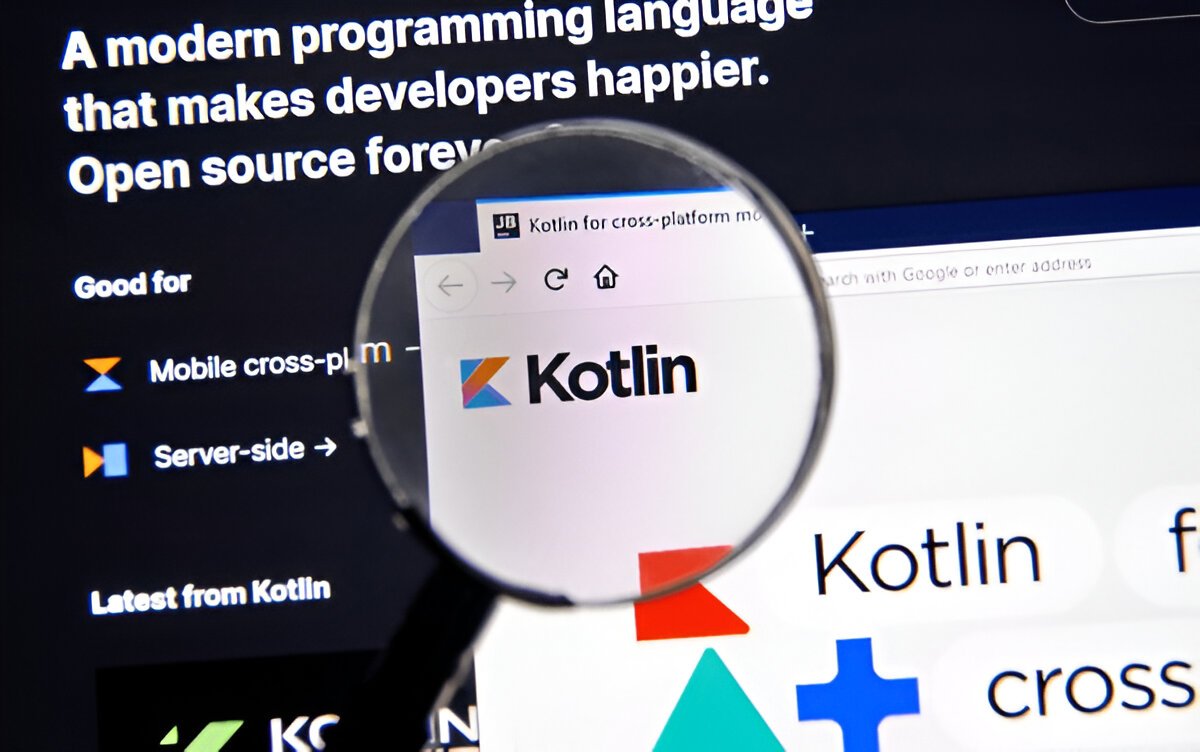
Kotlin is the official language for Android app development, supported by Google. It’s a modern, clear, and efficient alternative to Java. Many developers love Kotlin because it helps them write less code with fewer errors. In 2025, Kotlin has become the default language for new Android projects. It works smoothly with existing Java code, making it easy to switch or update older apps. Kotlin also supports powerful features like coroutines for smooth performance.
✅ Benefits of Kotlin:
-
Simple, short code that’s easy to manage
-
Works well with existing Java apps
-
Helps avoid app crashes with null safety
-
Great for apps with lots of features and user interaction
-
Faster development means quicker launch
-
Supported by Google with constant improvements
-
Excellent performance on Android devices
“Perfect for Android-based shopping apps, chat apps, fitness trackers, and personal finance tools.”
3. JavaScript + React Native – Code Once, Rule Twice 🔁
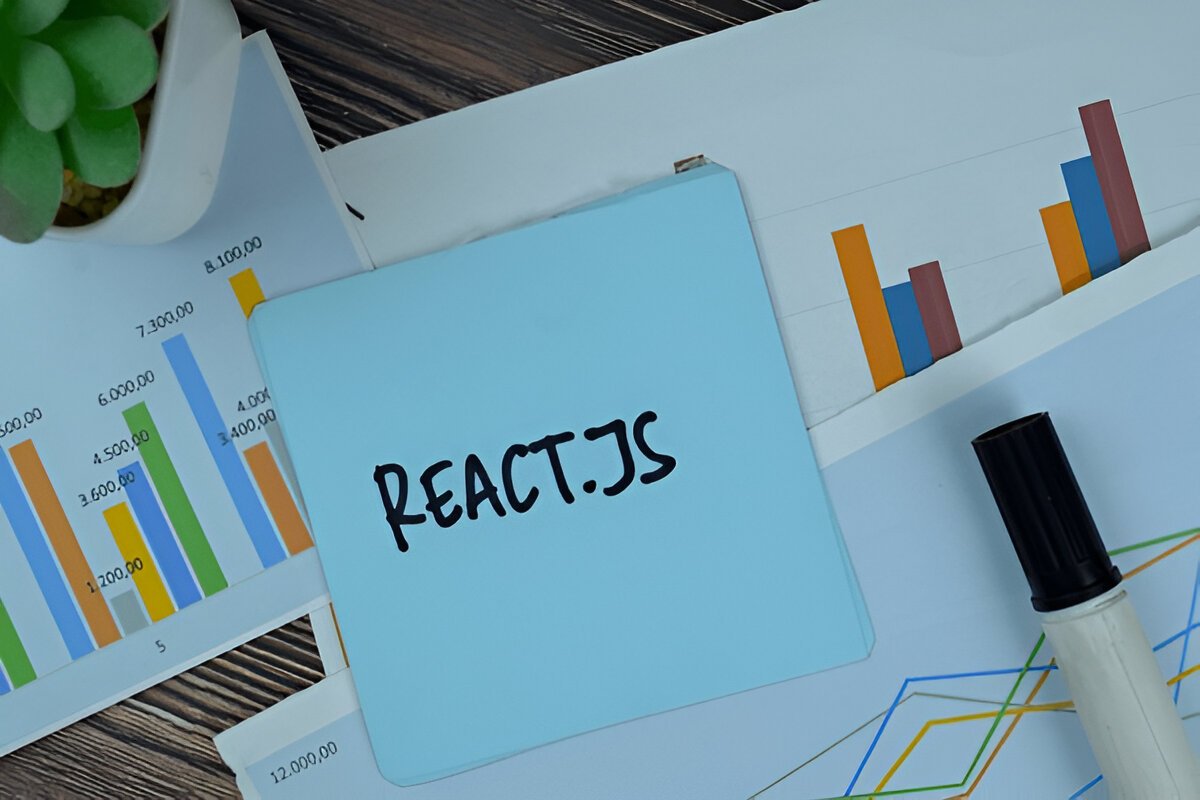
React Native is a popular framework that lets you build apps for both Android and iOS using JavaScript. You only need to write one codebase, which saves time and money. Many startups and businesses love React Native because it allows them to launch their apps faster. In 2025, React Native continues to be one of the top choices for cross-platform mobile development. It offers native-like performance and works well with many third-party plugins and libraries.
✅ Benefits of JavaScript/React Native:
-
One codebase for Android and iOS
-
Speeds up development and lowers cost
-
Live preview and hot reload make testing easier
-
Works well with many backend systems
-
Strong community support and regular updates
-
Easy to maintain and scale your app
-
Good for launching MVPs or startup apps
“Ideal for building social apps, service booking platforms, or quick-launch business apps.”
4. Flutter + Dart – The Picasso of App UIs 🎨
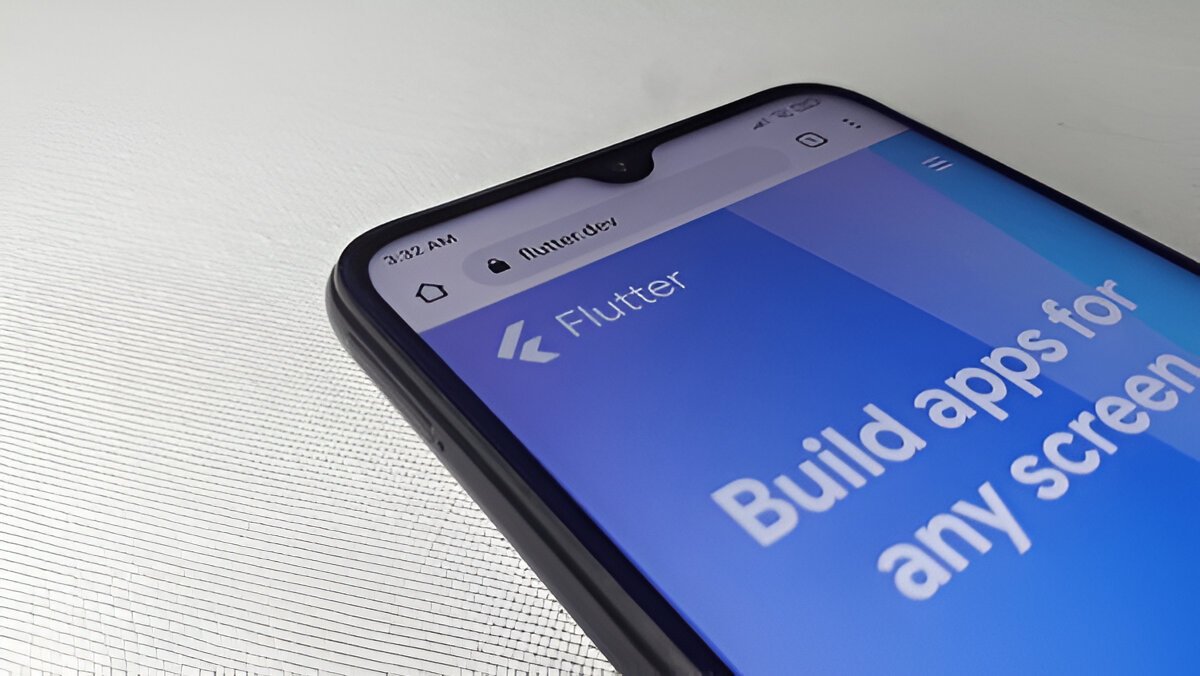
Flutter is a framework created by Google, and Dart is the language behind it. Together, they help you build stunning apps that look and feel amazing on any device. Flutter apps are smooth, responsive, and look the same on both Android and iOS. In 2025, Flutter is a favorite among designers and developers for its flexibility and speed. Whether you’re making a media app or a shopping platform, Flutter makes it easy to create beautiful interfaces without compromising on performance.
✅ Benefits of Dart/Flutter:
-
Build once, run everywhere: iOS, Android, web, and desktop
-
Hot reload lets you see changes instantly
-
Excellent built-in widgets for beautiful design
-
High performance with its own rendering engine
-
Easy for beginners and loved by pros
-
Strong support from Google and growing community
-
Great for custom animations and modern UIs
“Best for fashion apps, photo editors, streaming platforms, or apps with a creative focus.”
5. Python – The Brain Behind Smart Apps 🧠

Python is known for being simple, powerful, and perfect for artificial intelligence (AI), machine learning (ML), and data-driven applications. While it’s not a mobile-first language, you can still build mobile apps with Python using tools like Kivy or BeeWare. In 2025, Python is often used for the backend of mobile apps—especially those that require smart features, automation, or large-scale data processing. It’s also a great choice for startups and research teams who need to build smart prototypes quickly.
✅ Benefits of Python:
-
Easy to learn with clean and readable code
-
Perfect for AI, machine learning, and data science
-
Many libraries for analytics, automation, and more
-
Works with mobile using frameworks like Kivy
-
Ideal for research apps and health-tech solutions
-
Huge developer community and support
-
Can power both mobile and backend systems
“Use Python for educational apps, AI chat assistants, medical tracking tools, or any app with smart features.”
6. C# + .NET MAUI – Built for the Big Leagues 🏢

C# (pronounced C-sharp) is a powerful language developed by Microsoft, and .NET MAUI is the new platform that lets you build apps for Android, iOS, Windows, and macOS with one codebase. It’s a top choice for large companies and government apps in 2025. If your app needs to connect with Microsoft services like Azure or needs secure enterprise-level features, C# is a strong, trusted option. It’s also great for creating admin tools, dashboards, and internal apps.
✅ Benefits of C# with .NET MAUI:
-
One codebase for multiple platforms (mobile, desktop, web)
-
Smooth integration with Microsoft tools like Azure and Office
-
High performance and great for complex apps
-
Secure and reliable for sensitive data
-
Full support from Microsoft and Visual Studio
-
Easy to test, maintain, and update
-
Excellent for internal business processes
“Great for business dashboards, government service apps, company portals, and enterprise reporting tools.”
7. Rust – The Silent Speed Demon 🔒⚡

Rust is a systems-level programming language that’s growing fast in 2025. It’s known for being super-fast and incredibly safe. It helps prevent memory leaks, crashes, and other bugs common in complex apps. Though not often used to build full mobile apps, Rust is perfect for parts of apps that need top performance—like audio/video engines, security layers, or game components. It’s becoming popular among developers who want control, speed, and stability in one package.
✅ Benefits of Rust:
-
High-speed performance for heavy tasks
-
Prevents bugs like memory leaks and crashes
-
Excellent for secure and real-time systems
-
Works with WebAssembly for web + mobile use
-
Can be used in parts of bigger mobile apps
-
Growing developer interest and community
-
Ideal for adding power to hybrid or native apps
“Perfect for gaming engines, encrypted messaging apps, streaming tools, or performance-heavy modules.”
🌟 Bonus Languages to Watch in 2025
-
Go (Golang): Ideal for high-speed, backend-heavy apps
-
TypeScript: A safer version of JavaScript; great with React Native
-
GraphQL/SQL: Useful for managing and querying complex data
✅ How to Choose the Right Language
There’s no single best language—it depends on your project needs and team experience.
Ask Yourself:
-
Is the app for iOS, Android, or both?
-
Do I need to launch fast or focus on performance?
-
What skills does my team already have?
-
Will the app use AI, data, or AR?
Quick Guide:
| Need | Best Language |
|---|---|
| iOS only | Swift |
| Android only | Kotlin |
| Both (fast launch) | Flutter or React Native |
| Beautiful UI | Flutter |
| AI or Data-heavy | Python |
| Enterprise or corporate | C# with .NET MAUI |
| Super high performance | Rust |
Mobile technology in 2025 is pushing boundaries—from immersive AR to AI-driven personalization. And at the heart of every successful app is a language that powers it seamlessly.
Whether you’re building the next-gen shopping platform or a healthcare monitoring solution, the mobile app development languages you choose will shape your app’s future.
For brands and entrepreneurs, collaborating with a seasoned app development company ensures not only the right language choice but also execution with precision, creativity, and scalability in mind.
❓Frequently Asked Questions (FAQs) 💡
1. What’s the best programming language for building mobile apps in 2025? 🚀📱
Think of it like choosing the right vehicle for your journey.
If you’re cruising into iOS territory, Swift is your sports car—fast, sleek, and optimized for Apple’s ecosystem. Going Android? Kotlin is your all-terrain SUV—solid, safe, and built for the long haul. Want to hit both roads with one engine? Flutter (Dart) and React Native (JavaScript) are your cross-platform magic carpets.
2. Can Python really be used to build mobile apps? 🐍📲
Surprisingly, yes—and it’s smarter than you think.
While Python isn’t traditionally built for mobile, frameworks like Kivy, BeeWare, and PyQT are giving it serious legs. Great for apps with AI, data processing, or automation—Python is like the quiet genius in your team that makes everything smarter behind the scenes.
3. Flutter vs. React Native – which one should I choose? 🎨⚡
Design lover? Go Flutter. Speed demon? Pick React Native.
Flutter gives pixel-perfect control with smooth UIs and animated glory. React Native lets you build fast, reuse code, and ship sooner—especially if you already know JavaScript. It’s like picking between a designer’s brush and a coder’s jetpack. ✨💻
4. I’m just starting out—what’s the easiest language to learn for mobile apps? 📚🧑💻
Start with Python or Dart—they’re beginner-friendly and future-ready.
Python is super simple to read and learn—great for logic-heavy or educational apps. Dart (with Flutter) is a breeze for building real mobile apps with stunning UI. New to coding? You’ll feel right at home with either. 🌱
5. What programming languages are mobile app companies using in 2025? 🏢🧑💼
They’re mixing tools like master chefs.
Most companies use a powerful blend: Swift for iOS, Kotlin for Android, Flutter/React Native for cross-platform, and Python for backend or AI. Some even use C# or Rust for enterprise apps and secure systems. It’s all about picking the best tech for the job. 🧠⚙️

